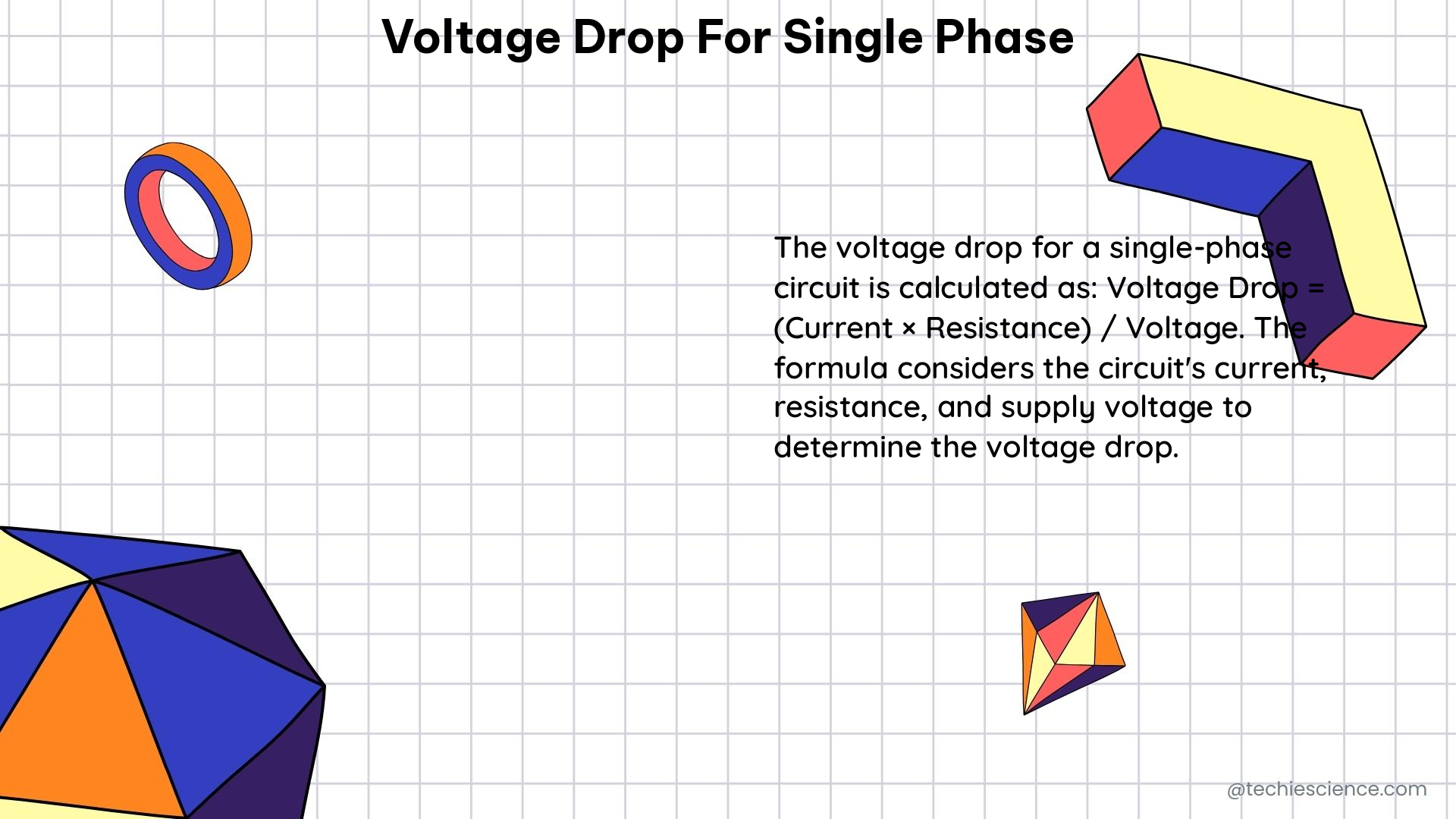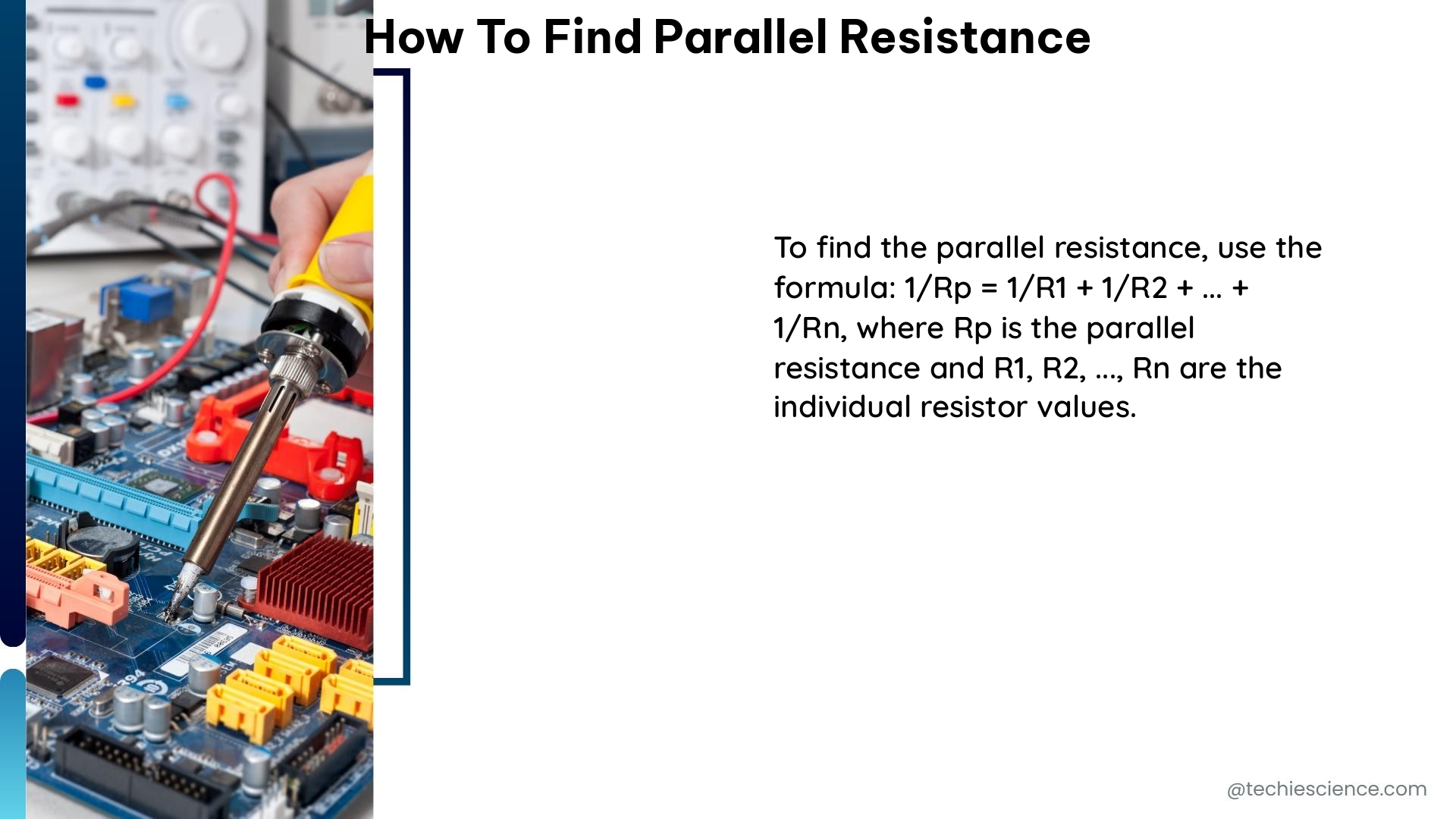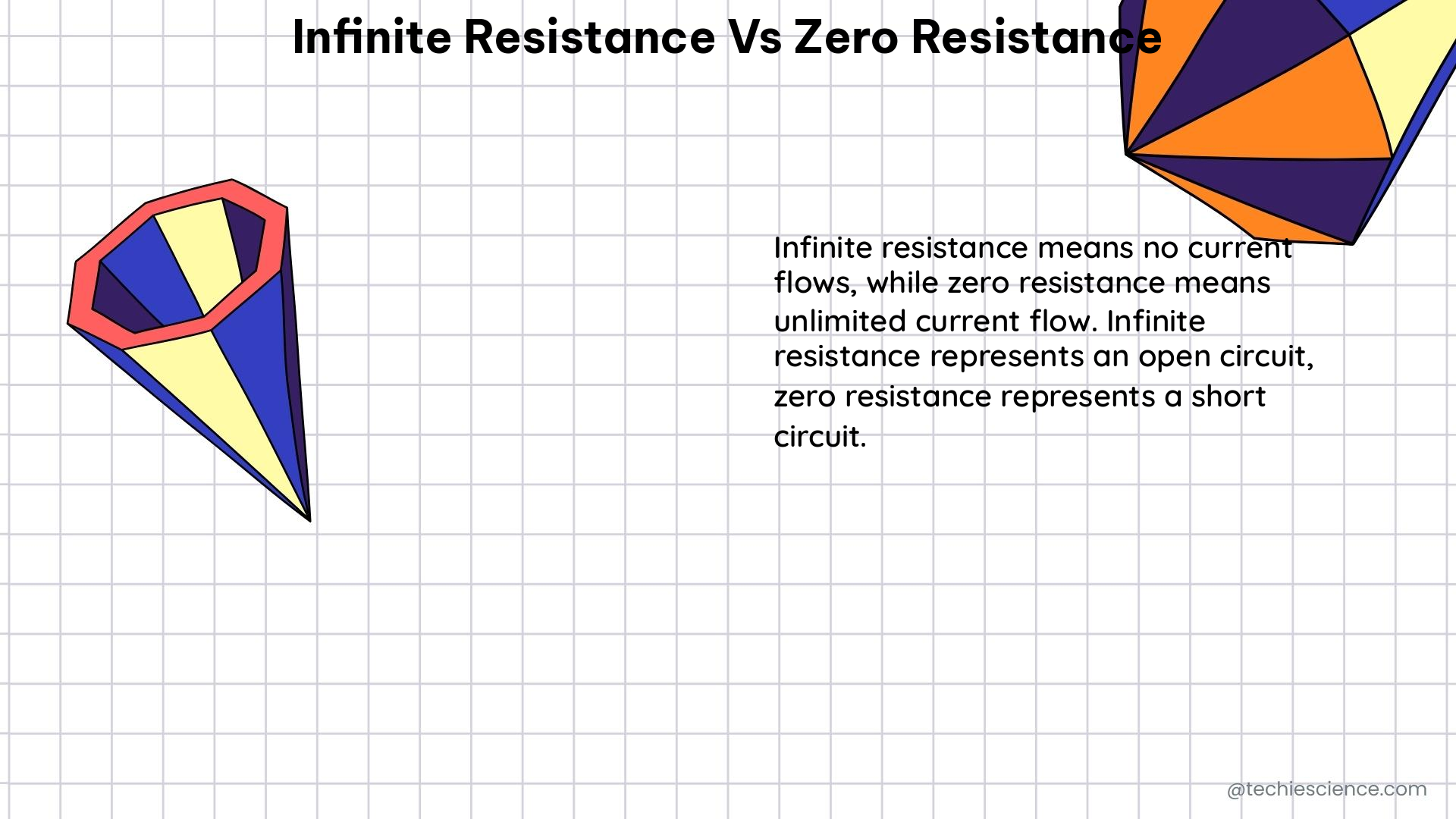Summary
Series resistance is a fundamental concept in electronics that describes the total resistance in a circuit where multiple resistors are connected end-to-end. Understanding how to accurately calculate and measure series resistance is crucial for designing, analyzing, and troubleshooting electronic circuits. This comprehensive guide will provide you with detailed insights into the various methods and techniques for finding series resistance, including theoretical explanations, practical examples, and references to further your understanding.
Understanding Series Resistance

Series resistance, denoted as R_series, is the sum of all the individual resistances in a circuit where the resistors are connected in a series configuration. This means that the current flowing through each resistor is the same, and the voltage drops across each resistor add up to the total voltage drop in the circuit.
The formula for calculating series resistance is:
R_series = R1 + R2 + … + Rn
Where R1, R2, …, Rn are the individual resistor values in the series circuit.
Ohm’s Law and Kirchhoff’s Laws
The series resistance formula is derived from the fundamental principles of Ohm’s law and Kirchhoff’s laws. Ohm’s law states that the current (I) flowing through a resistor is directly proportional to the voltage (V) across the resistor, and inversely proportional to the resistance (R) of the resistor, as expressed by the equation:
V = I × R
Kirchhoff’s voltage law (KVL) states that the sum of all the voltage drops around a closed loop in a circuit must be equal to zero. In a series circuit, the voltage drops across each resistor add up to the total voltage applied to the circuit.
By applying these principles, we can derive the series resistance formula and understand how to calculate the total resistance in a series circuit.
Practical Example
Let’s consider a simple series circuit with three resistors:
- R1 = 100 Ω
- R2 = 200 Ω
- R3 = 300 Ω
To find the series resistance, we can use the formula:
R_series = R1 + R2 + R3
R_series = 100 Ω + 200 Ω + 300 Ω
R_series = 600 Ω
This means that the total resistance in the series circuit is 600 Ω.
Measuring Series Resistance
In addition to calculating the series resistance using the formula, you can also measure the series resistance directly using a multimeter or other electronic measurement tools.
Using a Multimeter
To measure the series resistance using a multimeter, follow these steps:
- Disconnect the circuit from any power source to ensure safety.
- Set the multimeter to the resistance (Ω) measurement mode.
- Connect the multimeter leads across the series resistors, ensuring that the current path is not interrupted.
- The multimeter will display the total series resistance.
Verifying the Calculation
To verify the calculated series resistance, you can measure the voltage and current across each individual resistor and then use Ohm’s law to calculate the resistance of each resistor. The sum of these individual resistances should equal the series resistance.
For example, let’s say you measure the following values in the previous circuit:
- Across R1: V1 = 2 V, I = 0.02 A
- Across R2: V2 = 4 V, I = 0.02 A
- Across R3: V3 = 6 V, I = 0.02 A
Using Ohm’s law, you can calculate the individual resistances:
- R1 = V1 / I = 2 V / 0.02 A = 100 Ω
- R2 = V2 / I = 4 V / 0.02 A = 200 Ω
- R3 = V3 / I = 6 V / 0.02 A = 300 Ω
The sum of these individual resistances is:
R1 + R2 + R3 = 100 Ω + 200 Ω + 300 Ω = 600 Ω
This matches the calculated series resistance, verifying the accuracy of the measurement and calculation.
Advanced Techniques for Finding Series Resistance
In addition to the basic calculation and measurement methods, there are more advanced techniques and tools that can be used to find series resistance in complex circuits.
Circuit Simulation
Using circuit simulation software, such as SPICE (Simulation Program with Integrated Circuit Emphasis) or Multisim, you can model the circuit and accurately calculate the series resistance. These tools allow you to input the circuit parameters, including the individual resistor values, and the software will provide the calculated series resistance.
Simulation software can be particularly useful for analyzing more complex circuits, where the series resistance may not be easily calculated by hand. These tools can also help you explore different scenarios and understand the impact of changes in the circuit on the series resistance.
Impedance Measurement
In some cases, especially in high-frequency circuits or circuits with reactive components (capacitors and inductors), the series resistance may be influenced by the impedance of the circuit. In such situations, you can use impedance measurement techniques, such as using an impedance analyzer or a network analyzer, to directly measure the series resistance.
Impedance measurement tools can provide more accurate and comprehensive information about the circuit’s behavior, including the series resistance, as well as other parameters like reactance and phase angle.
Theoretical Analysis
For a deeper understanding of series resistance, you can refer to electronics textbooks and research papers that provide theoretical explanations and mathematical derivations of the series resistance formula. These resources can help you gain a more profound grasp of the underlying principles and the factors that influence series resistance in different circuit configurations.
Some recommended textbooks and resources for further study include:
- “Electronic Devices and Circuit Theory” by Boylestad and Nashelsky
- “The Art of Electronics” by Horowitz and Hill
- “Fundamentals of Electric Circuits” by Alexander and Sadiku
- “IEEE Transactions on Circuits and Systems” journal
By combining the practical techniques with a solid theoretical foundation, you can develop a comprehensive understanding of how to accurately find and analyze series resistance in electronic circuits.
Conclusion
Mastering the concept of series resistance is crucial for effectively designing, analyzing, and troubleshooting electronic circuits. This guide has provided you with detailed insights into the various methods and techniques for finding series resistance, including theoretical explanations, practical examples, and references to further your understanding.
Remember, the key to accurately determining series resistance lies in understanding the fundamental principles of Ohm’s law and Kirchhoff’s laws, as well as being proficient in using the appropriate measurement tools and simulation software. By applying these techniques, you can confidently tackle a wide range of series resistance-related challenges in your electronics projects and studies.
References
- Boylestad, R. L., & Nashelsky, L. (2013). Electronic Devices and Circuit Theory (11th ed.). Pearson.
- Horowitz, P., & Hill, W. (2015). The Art of Electronics (3rd ed.). Cambridge University Press.
- Alexander, C. K., & Sadiku, M. N. O. (2012). Fundamentals of Electric Circuits (5th ed.). McGraw-Hill Education.
- IEEE Transactions on Circuits and Systems. (n.d.). IEEE Xplore Digital Library. https://ieeexplore.ieee.org/xpl/RecentIssue.jsp?punumber=8919
- Electronics Tutorials. (n.d.). Series and Parallel Circuits. https://www.electronics-tutorials.ws/dcac/dc-series-circuits.html





